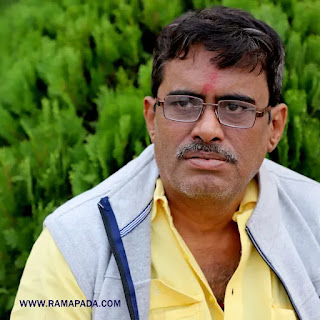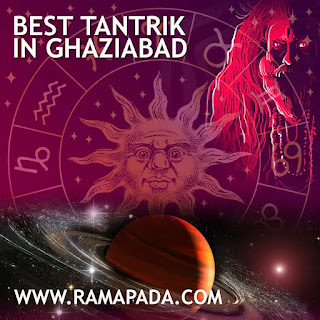হস্তরেখা ‘র সংক্ষিপ্ত ইতিহাস ও বৈজ্ঞানিক ব্যাখ্যা

হস্তরেখা ‘র সংক্ষিপ্ত ইতিহাস ও বৈজ্ঞানিক ব্যাখ্যা হাজার হাজার বছর আগে-যখন মঙ্গোলিয়া ও কিরঘিজ ভূমির দিগন্তবিস্তৃত স্তেপ্ প্রান্তরে প্রাগৈতিহাসিক ম্যামথের দল বিচরণ করত, কাস্পিয়ান হ্রদের উত্তাল জলরাশিকে মথিত করবার জন্য এগিয়ে আসত ডাইনোসরেরা- ভারত, চীন ও মিশরের মানব সভ্যতার বিন্দুমাত্র ঈশারা মেলেনি প্রস্তর যুগের মানুষের মনে-সে সময়েও বিশ্বাস করেছিল তার ভাগ্যকে, বিশ্বাস করেছিল জন্ম থেকে মৃত্যু পর্যন্ত জীবনপ্রবাহ নিয়ন্ত্রিত হত–এক অদৃশ্য কিন্তু অলৌকিক শক্তির ইচ্ছায়। দিবসের দাবদাহে এবং নিকষ-নিবিড় অন্ধকারের বুকে মৃদু জ্যোৎস্নার আলতো স্পর্শ তাকে আশ্চর্যজনক ভাবে নিয়ে যেত একটা ভাবরাজ্যে-_এবং সে দেখত দিনের সূর্য ও রাতের চন্দ্রের উদয়-অস্ত মাঝে তার ভাগ্যও জড়িত। কিন্তু তখনো সে সেই রহস্যাবৃত অলৌকিক শক্তির উৎস খুঁজে পায়নি – পদে পদে বাধা ও পথে পথে আঘাত খেয়ে মানুষ যখন সভ্যতার প্রথম প্রদীপ জ্বালাতে সক্ষম হল, তখন সে একটা আলো দেখল, সে আলোয়, দেখল সূর্য ও চন্দ্র তার কাছ থেকে লক্ষ লক্ষ মাইল দূরে থেকেও অমোঘ শক্তিতে তাকে নিয়ন্ত্রিত করছে। হস্তরেখার বৈজ্ঞানিক ব্যাখ্যা শুরু হল এর কারন অন্বেষণ – বুঝ





